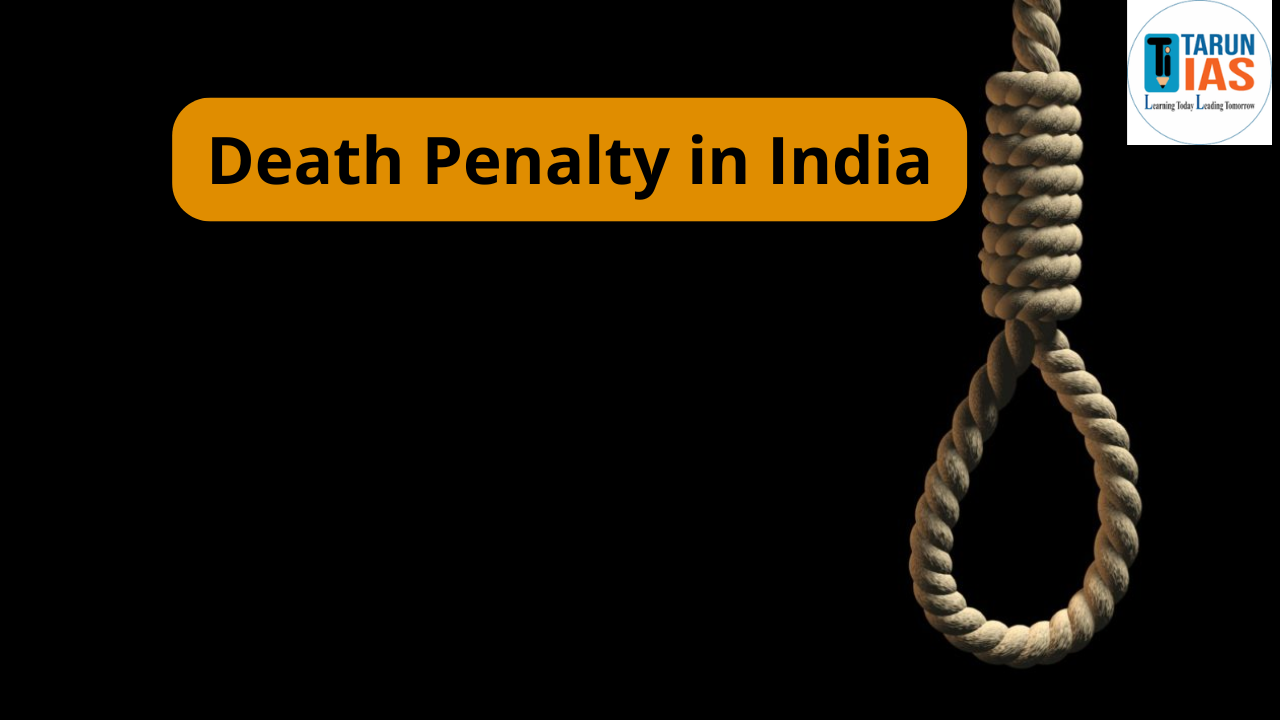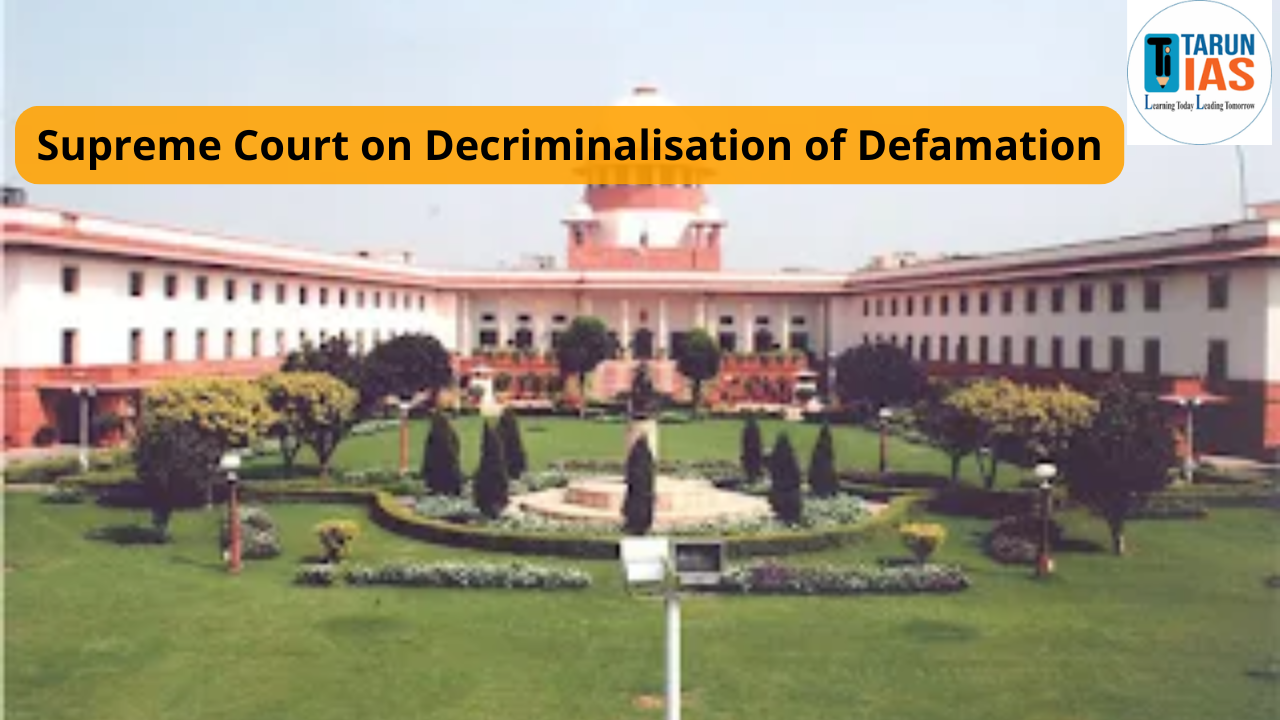While the Constitution of India aims to establish a uniform administration across the nation, specific regions are managed under unique provisions. When drafting the Constitution, its makers recognized that particular areas and communities in India, due to their isolated and primitive lifestyles, require special attention to protect their interests and promote their socio-economic development.
Article 244 in Part X of the Constitution outlines a special administrative framework for regions designated as “Scheduled Areas” and “Tribal Areas.” According to Article 244(1), the provisions of the Fifth Schedule apply to the administration and governance of Scheduled Areas and Scheduled Tribes in any state, excluding the four northeastern states: Assam, Meghalaya, Tripura, and Mizoram.
Conversely, as stated in Article 244(2), the tribal-majority regions in the four northeastern states of Assam, Meghalaya, Tripura, and Mizoram are to be governed separately under the Sixth Schedule of the Constitution. Under Article 244 and the Sixth Schedule, these regions are termed “Tribal Areas,” which differ from the “Scheduled Areas” outlined in the Fifth Schedule. Therefore, the Fifth and Sixth Schedules of the Constitution contain specific provisions concerning the administration and governance of designated “Scheduled Areas” and “Tribal Areas” respectively.
States having scheduled areas
|
Scheduled and Tribal Areas in India: Special Provisions and Administrative Framework
Scheduled Areas are treated distinctively from other regions of the country due to the presence of ‘aboriginals,’ who are socially and economically disadvantaged, necessitating significant efforts for their improvement.
The “Scheduled Areas,” as defined in Part C of the Fifth Schedule, are “areas that the President may declare as Scheduled Areas through an order.”
Criteria for declaring an area as a Scheduled Area
- The dominant presence of tribal communities,
- A compact and reasonably sized area,
- A viable administrative unit such as a district, block, or taluk, and
- The economic backwardness of the area relative to surrounding regions.
It is important to note that these criteria are not explicitly stated in the Constitution but have become well-recognized standards over time for designating an area as a ‘Scheduled Area.’
Constitutional Articles on Scheduled and Tribal Areas in India
| Article | Subject-Matter |
| 244 | Administration of Scheduled Areas and Tribal Areas |
| 244A | Formation of autonomous state comprising certain tribal areas in Assam and creation of local legislature or Council of Ministers or both therefor. |
| 339 | Control of the Union over the administration of Scheduled Areas and the Welfare of Scheduled Tribes |
Special Provisions for Fifth Schedule Areas
- Declaration of Scheduled Areas: The President holds the power to declare any region as a Scheduled Area or revoke the designation of a Scheduled Area or part of it as a non-Scheduled Area in consultation with the Governor of the relevant State. The President can also modify its area, change its boundaries, or alter its limits.
- Executive Power of State and Centre: Under the provisions of the Fifth Schedule, the Governors of states with Scheduled Areas possess extensive powers and responsibilities for the administration and governance of these regions.
- The Governors are obligated to submit an annual report to the President or whenever requested by the President regarding the administration of Scheduled Areas in their State.
- The Union’s executive power shall extend to issuing directions to the respective States for the administration of the Scheduled Areas.
- Tribes Advisory Council: Each state with Scheduled Areas has a constitutional duty to establish a Tribes Advisory Council comprising no more than twenty members, with approximately three-fourths being representatives of Scheduled Tribes from the State Assembly.
- The main responsibility of the Tribes Advisory Council is to counsel the State Government on issues pertaining to the welfare and progress of Scheduled Tribes within the state or on any matters that may have been referred to them by the Governor.
- The President can also instruct any state with Scheduled Tribes but without Scheduled Areas to form a Tribes Advisory Council.
- Law Applicable to Scheduled Areas: The Governor has the authority to direct that certain acts of Parliament or state legislature do not apply to a scheduled area, or that they apply with specific modifications and exceptions. The Governor can also create regulations for the peace and good governance of a scheduled area, especially for the following purposes:
- To prohibit or restrict land transfers by or among members of Scheduled Tribes in such areas,
- To regulate land allotments to members of the Scheduled Tribes,
- To oversee the operations of money-lenders who provide loans to members of the Scheduled Tribes in that area.
Additionally, a regulation may annul or amend any act of Parliament or state legislature that applies to a scheduled area. However, all such regulations must receive the President’s assent.
- Appointment of Commission: Under Article 339(1) of the Constitution, the President may also designate a Commission to report on the administration of Scheduled Areas and the welfare of Scheduled Tribes in the states.
- It was mandated to establish such a Commission following the completion of the initial ten years of the Constitution’s implementation.
- The first Commission for Scheduled Areas and Scheduled Tribes was established in 1960, with U.N. Dhebar serving as the Chairman.
- The Second Commission was formed under the leadership of Shri Dileep Singh Bhuria in 2002.
|
UPSC Articles |
|
| UPSC Interview | UPSC Interview Marks |
| UPSC Syllabus | UPSC Exam Pattern |
| UPSC Eligibility | UPSC Age Limit |
| UPSC Selection Process | UPSC Cut off |














